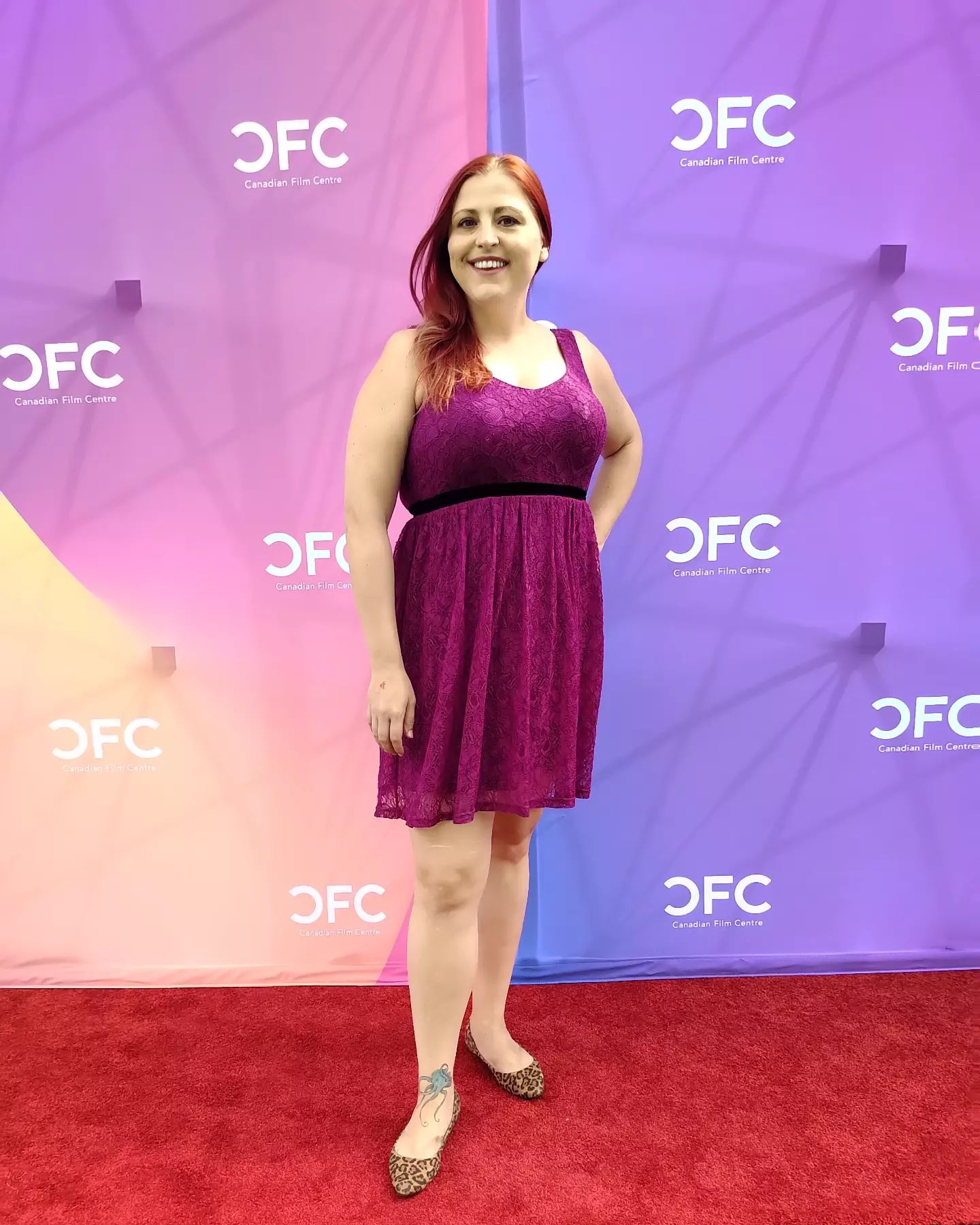Alright – so today we’ve got the honor of introducing you to Emily Schooley. We think you’ll enjoy our conversation, we’ve shared it below.
Emily, thanks for taking the time to share your stories with us today We’d love to hear about a project that you’ve worked on that’s meant a lot to you.
At this point in my career, I’ve worked on literally hundreds of film and theatre projects over the last decade plus. I’m someone who is inherently a do-er and I’ve always loved taking on new challenges: whether that be pushing for new levels of creative excellence in my work, seeing how much I can successfully accomplish within certain constraints, or forcing myself to scale up on each new film project I helm so that whatever I’m working on is always more complex, ambitious, and larger in scale/impact/budget than my past self-generated projects.
While it’s hard to pick a single favourite project or just one that stands out above all the rest, my experiences in making and releasing my most recently-complete short film “The Sweetest Goodbye” are currently top of mind in terms of having lasting personal and professional meaning and impact – for both myself and for others.
“The Sweetest Goodbye” is a film about a chronically ill woman who chooses to undergo MAiD (medically assisted dying); her best friend finds out at the eleventh hour and passionately confronts her, hoping to change her mind. Upfront and for the record: I personally believe that people should have the right to die safely and under their own terms should they so choose, however I also believe that we should have adequate social safety nets in place like UBI, accessible healthcare, and other life-saving supports that would prevent people from seeking death to solve problems that could be solved through non-lethal means.
Most of my work lives somewhere at the intersection of social impact ethos meets bold, unapologetic, women-led narrative storytelling, so exploring the gravitas of this topic and the heavier themes of death and transformation are not new for me per se. However, this is a timely and highly relevant issue for Canadians right now, as our assisted dying laws have expanded to allow people to request MAiD even if they are not terminally ill. Tragically, what ends up happening is that people who are disabled or in poverty or otherwise struggling with other unbearable circumstances end up requesting MAiD solely because of the immense challenges they are facing; for issues that would otherwise be non-lethal. MAiD deaths have since been granted for circumstances including the applicant being unable to find safe, accessible housing; this has lead to the quiet epidemic of eugenics that we are currently seeing play out in real time – though the mainstream media obviously won’t acknowledge what’s happening or call it out directly. I created this film, in part, to bring more awareness to this timely social issue, and I’m proud to say that we’ve reached international audiences in terms of raising awareness and creating meaningful dialogue about how problematic our current situation is.
On a personal level, one of my biggest challenges in making this film was that I decided to push myself by both playing the main character onscreen while also directing the film while also being the primary producer… so my overall workload was pretty intense, to say the least. Being able to pull this off successfully was incredibly meaningful for me, and overall I’m really proud of what my team and I have accomplished with the film – I couldn’t have done it without them! What’s also been interesting – and will certainly guide which film festivals I consider submitting any future feature-length work to – has been observing which festivals are forward-thinking and inclusive enough to program our film, and which festivals turned it down or avoid programming other films like mine: media made by, for, and about equity-owed voices who don’t conform to certain enforced norms.
Another reason “The Sweetest Goodbye” has been so meaningful for me is that it feels like a ‘bridge’ project, or a quantum portal of sorts. As a messy, imperfect human: back in 2022, I went into making this film as someone who had low boundaries in personal relationships, who didn’t really own her inherent value or the full competency of her many skills, and who was afraid of asking for ‘too much’ from others. (Let’s just say that there are probably more similarities between myself and the character I play than I am comfortable admitting.) But between then and now, a lot of my unhealthy habits and relationships have died out – ultimately for my own betterment, and because of conscious, consistent efforts I made toward self-improvement and personal growth. I honestly feel like I’ve killed off that past version of myself because I have changed *that* much in just three short years! Speaking as an actor and filmmaker, there has been substantial, notable professional growth too: this was my first original film where I received professional equipment support from major industry organizations, as well as two substantial arts council grants to help support its creation and release. Thus far, “The Sweetest Goodbye” has screened at almost a dozen festivals and has received seven awards and nominations, which is a new record for my work in terms of industry-level recognition.
Making this film has springboarded my creative and personal growth in multiple ways, most notably: I’ve made several meaningful, lasting creative relationships throughout the process of making and releasing this project, and I’ve since been lucky enough to receive several more grants to support other new projects that are currently in development, one of which will be going to camera later this year.
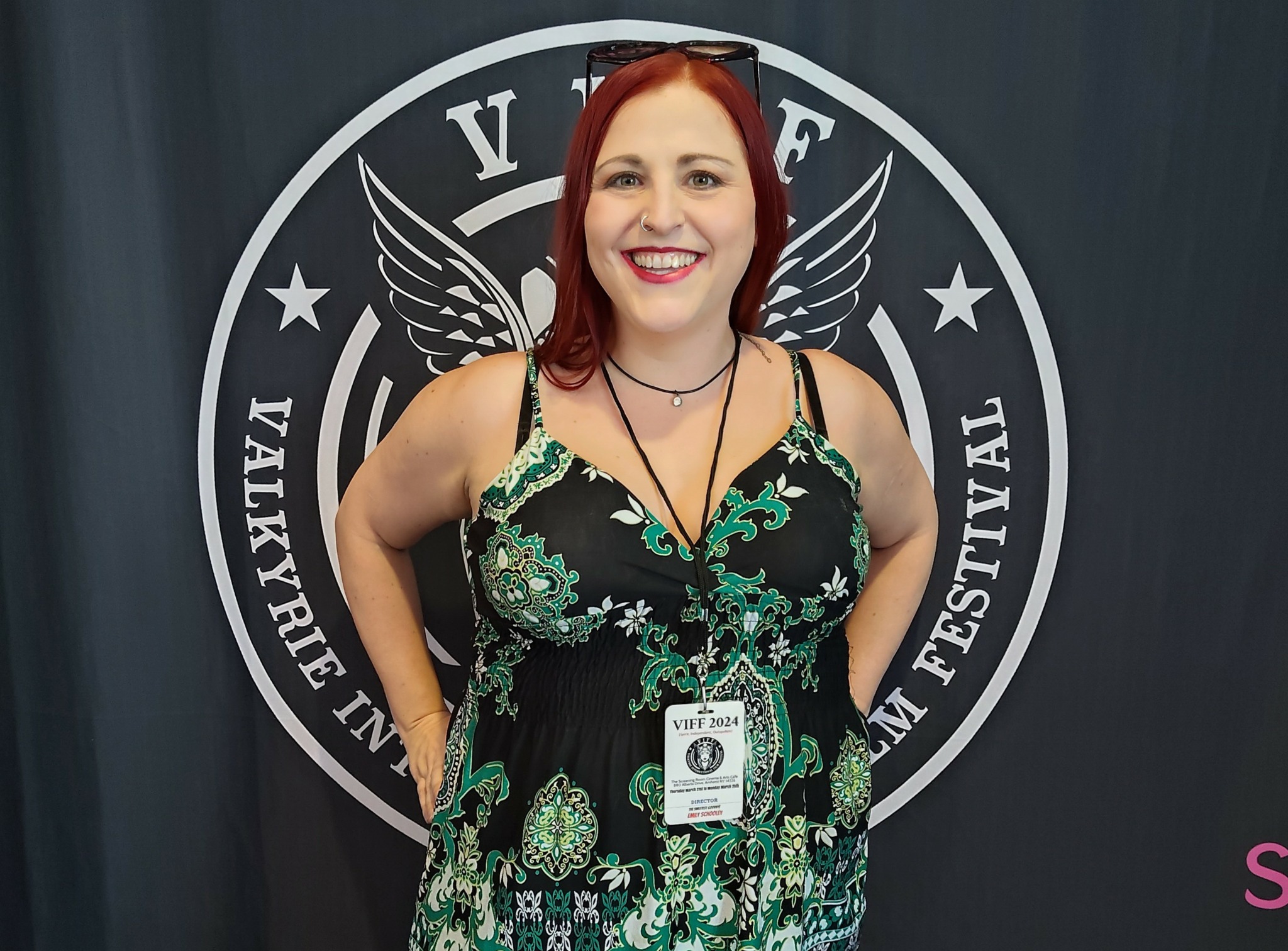
Awesome – so before we get into the rest of our questions, can you briefly introduce yourself to our readers.
I’m Emily Schooley, and I am a creative force of nature who runs on caffeine, chaos, intuitive impulses, and a carefully-curated calendar – one with a healthy balance of work, play, social time, and plenty of intentional relaxation!
I work primarily as an actor and director, though over the last decade I have built myself a portfolio career as an award-winning multi-dimensional performer, storyteller, filmmaker, writer, voiceover artist, production company founder, event host, advocate for equity and inclusion… and most recently, I’ve also added oracle readings to the mix along with everything else I do! The hundreds of creative projects I’ve worked on are equally diverse: spanning various formats, lengths, and genres across theatre, film, podcasts, digital media, broadcast, and live events. While Toronto is my current home base, I love travelling & collaborating with other globally-influenced artists, and I have been lucky enough to have past work screen at festivals across North and South America, the UK, Europe, Africa, and Asia.
A lot of my career growth has happened because I’ve always practised the “yes, and!” mindset of an improviser; over the years, I’ve discovered a bunch of new skills, opportunities, and passions largely because I was invited to join or try something new and I was willing to dive headfirst into the unknown. For example, I originally went to university to train as a theatre actor, but shortly after graduation I began auditioning for film roles because they were a lot more prevalent than theatre work. From there, I began collaborating regularly with one of the first film directors who hired me as an actor, and we ended up creating an independent sci-fi series that ran for ten half-hour episodes plus a double-length pilot. That series was my bootcamp where – along with playing one of the lead characters onscreen – I had my first active role in writing, directing, and producing at series level. On that project, I learned the basics of: how to write and format screenplays, directing for screen, production management, production design, and the elements of the post-production workflow. From there, I continued to expand those skills on each of my own subsequent projects that I wrote, directed, and produced, while simultaneously building up my bodies of work as an actor and director through collaborating with other artists on bringing their stage and screen projects to life.
As a full-time working artist, it has taken me awhile to fully understand and embrace my multi-dimensional nature, and to find the right words to describe how I flow between projects and creative capabilities. While I know most people still tend to view the world at large and what supposedly defines success via a more traditional linear framework, I approach life and creativity with what I call mycelial intelligence. Picture a mushroom and how you see only a small part of it emerging from the ground, while there is a vast, interconnected network underneath the soil that feeds it. That is how my mind works by default, and that non-linear perspective has become a vital part of my ongoing creative processes and my unique lens as a storyteller.
As an actor, I’m currently at a stage in my career where I am looking for more substantial projects and new agency representation – someone who is excited to continue to grow with me over time, and who ideally appreciates and understands my multi-dimensional creative mindset. As a filmmaker, I’m at that messy but exciting stage where the work we’re creating via my production company, Laughing Cat Productions, is scaling up from well-received shortform content to full-length features and series. As a queer woman, I know how hungry sapphic audiences are for more authentic, substantial onscreen representation; this ongoing gap in meaningful media representation and my desire to serve my community through creating more explicitly sapphic content is a large part of why I started writing, directing, and producing my own women-led films.
I’m also proud to share that my original work has been supported by organizations including Canada Council for the Arts, Ontario Arts Council, Ontario Creates, Panavision, Sunbelt, Banff Spark, and the Canadian Film Centre, along with the Disability Screen Office, Workman Arts, and Toronto Metropolian University’s Transmedia and Social Venture Zones. My films have also been recognized by the Swedish institute ValueCine for significantly surpassing gender parity on-screen: with over 90% of total screentime and dialogue going to women characters. In many ways, I feel like I’m creating the beginnings of a parallel media industry that is more inclusive and sustainable than our current mainstream industry, and I am deeply grateful for the recognition and support my work has received to date.
I’m a bit superstitious in that I don’t share a lot publicly about projects that are not yet completed and released, however I would encourage anyone who is curious for more in-depth, exclusive behind the scenes news and updates to join my community on Patreon, which is linked down below.
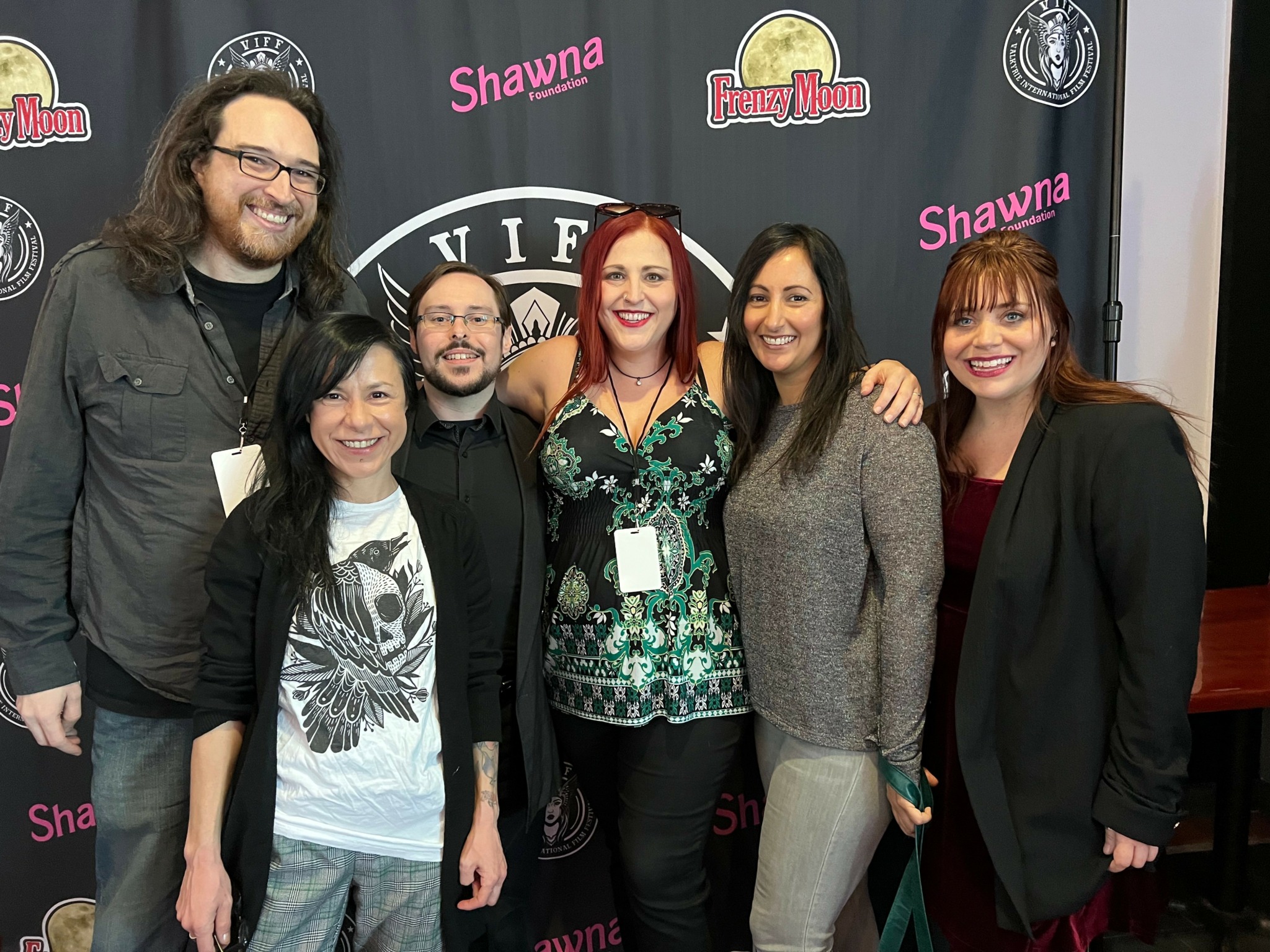
In your view, what can society to do to best support artists, creatives and a thriving creative ecosystem?
Now more than ever, actively supporting independent artists and their original work is crucial to creating a kinder, more equitable, and more peaceful future where everyone can thrive. Part of this support also includes limiting or outright banning AI use and the amount of AI-generated content we consume, along with refusing to sell or buy creative work through predatory companies like Amazon; these are crucial actions necessary for creating a mutually-thriving creative ecosystem. Something like a livable universal basic income (2k+/month) paid to everyone and funded by a reasonable wealth tax on the ultra-wealthy would also go a long way toward creating a thriving global future – not just for artists, but for ALL global citizens!
To truly nurture artists and support a vibrant creative ecosystem, our society at large must prioritize investing significant time, money, and other resources into the bold, independent filmmakers and storytellers who are creating original media outside the traditional streaming and studio systems. If you’d spend $200 or more per seat to see a popular concert or Broadway show, you can and should absolutely spend $25 (or whatever ticket prices are) to go to your friend’s theatre show, local film screening, or band performance! If you’re spending tens or hundreds of dollars a month on streaming platforms like Amazon, Disney, and Netflix, you can and should also purchase subscriptions for indie VOD platforms like Lesflicks or Highball TV, and support individual artists via their Patreon, KoFi, virtual tip jars, etc.
Additionally, consider that independent artists often come from equity-owed communities. As storytellers, they offer a unique point of view that their more privileged peers cannot access authentically, and they often work with incredibly limited resources while passionately creating the original media they are driven to make. Donations, investments, and grant funding are powerful tools that can make a real difference in allowing independent artists to create their work more sustainably and more regularly – while also creating collaborative opportunities to hire other artists! – especially for creatives who have made a commitment not to use generative AI in their work and who face ever-increasing costs to keep their work organic and soulful. By choosing to contribute funds to community arts organizations or directly to independent artists, it’s an actionable way of saying “We see you. We believe in your voice. Thank you for your creative work.”
WHO we see represented in media and HOW we see them portrayed absolutely ripples out into the real world. When people from certain demographics are poorly represented or excluded from being seen in substantial roles onscreen, this often correlates with negative unconscious biases that play out in real life. These negative unconscious biases can also lead to real-world violence and harm. When we invest in supporting equity-owed artists and the media they make, we’re not just supporting individual careers, we’re cultivating a diverse and dynamic cultural ecosystem that benefits us all.
What people outside the entertainment industry don’t often realize is that how popular a piece of media becomes has a lot to do with how large of a marketing budget that project has. Receiving equitable support – in line with what larger studio projects receive, for both production and marketing spends – would empower independent artists to bring numerous projects life much sooner and without the constant weight of financial inequity acting as a Sisyphean hurdle.
Most independent artists often have little to no resources available for marketing, so there is far less of a chance for their work to reach large mainstream audiences or gain mass (inter)national fame and reach. Social media shares and word-of-mouth promotion cost audiences nothing – other than a few seconds of their time – while these actions play a crucial role in amplifying independent artists’ work. When we take the time to recommend and share creative work, we help broaden artists’ fanbases and general visibility; this kind of grassroots support can open doors to new audiences, collaborations, and opportunities that might otherwise remain out of reach. In an age where having a digital presence is vital, online support and amplification is a powerful, easily accessible tool that can significantly help support and elevate artists’ careers.
Nominating independent artists for awards and publicly recognizing their achievements not only boosts their careers but also signals societal appreciation for their voices and contributions. Recognition can be a transformative moment; validating their efforts and encouraging continued future creative output. By actively participating in award nominations and advocating for deserving equity-owed creatives to be adequately recognized at mainstream industry events, we can help build a more inclusive culture that celebrates excellence within the arts across all demographics.
Finally, film festivals and other mainstream industry initiatives must strive to become more authentically and wholly inclusive instead of performative and tokenistic. While some progress has been made in some areas for certain underrepresented demographics, diverse artists still often face rampant fatphobia, ableism, trans and homophobia, misogyny, racism, and other harmful attitudes perpetuated by the mainstream media industry that tend to disproportionately impact & exclude women and non-binary artists. Broadening programming mandates, prioritizing the active inclusion of underrepresented artists at film festivals, and opening doors to actively include the full spectrum of creative voices will foster a more equitable and inspiring environment for ALL creatives.
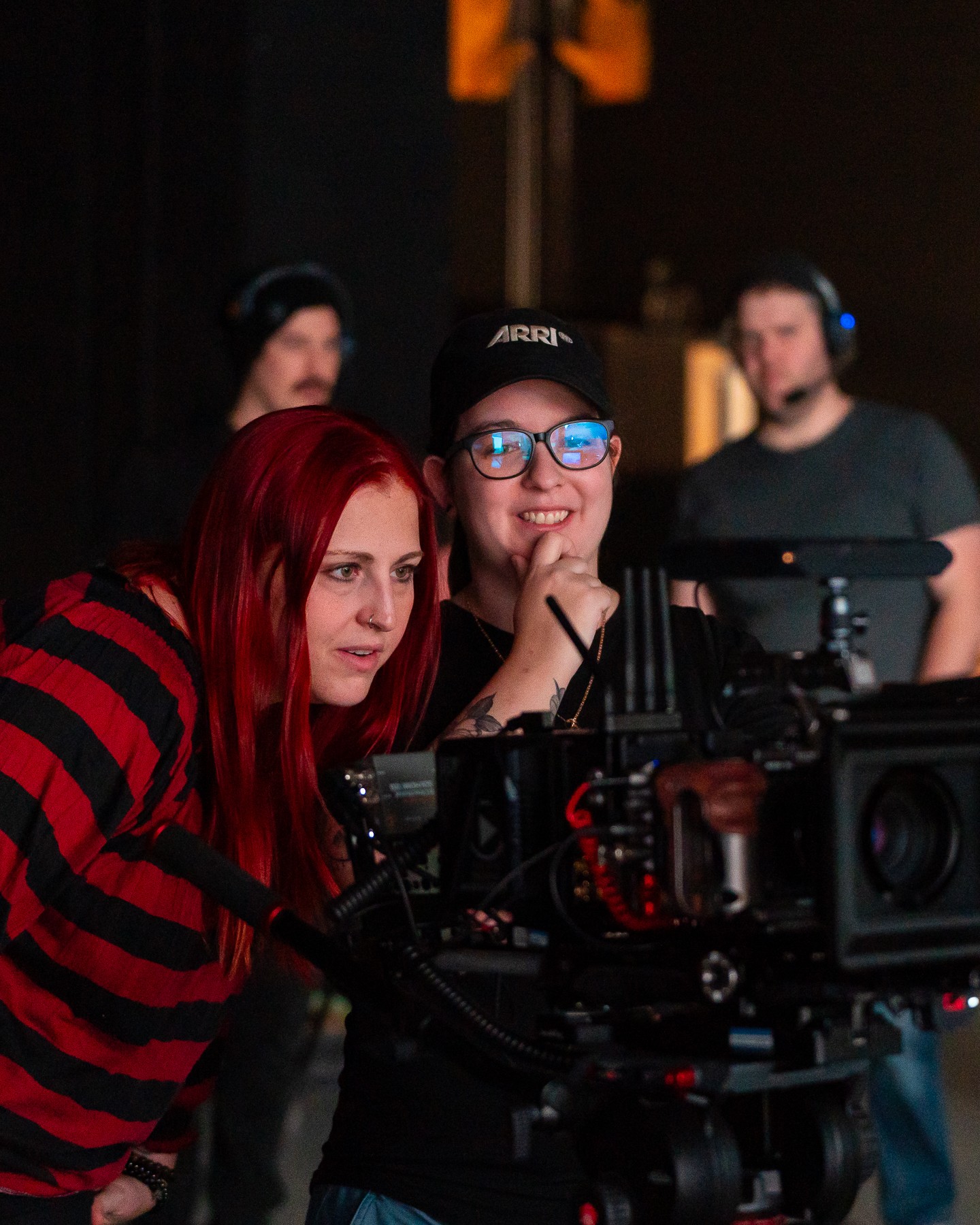
What’s the most rewarding aspect of being a creative in your experience?
What I find most rewarding about being a working artist are the interpersonal connections I’ve made – with other collaborators as well as with audiences who have experienced my work – and the rush of getting to repeatedly experience the transformative, magickal, alchemical process of making creative work. When you are immersed in making genuine art, the work works on you as much as you work at making the work; I firmly believe that magick, filmmaking, and performance are all deeply spiritually linked, like how the first theatre performances originated from ancient Greek rituals and hymns that worshipped the gods.
Over the years, I’ve had so many surprising and beautiful relationships and experiences come about because of various creative projects; I probably have almost as many stories as past endeavours. I would run out of space if I tried to list them all, but off the top of my head a few memories that stand out are:
-the woman who came up to me in tears after seeing my one-woman site-specific show about domestic violence and wrongful arrest, who asked for a hug and thanked me for telling “her” story
-during the run of a multi-month immersive theatre show, I went out for drinks in character with a couple audience members and discovered that my character could apparently drink more and handle her liquor better than I normally would be able to (one of my wildest acting experiences to date!)
-flying halfway around the world to attend a film festival where one of my films was screening, and unexpectedly meeting an artistic soulmate
-getting to collaborate on projects with more experienced voiceover artists who I grew up hearing and watching on some of my favourite shows
-helping a fellow theatre artist humanely catch a feral cat that had snuck into her house and was terrorizing her indoor kitties, while touring a Fringe show in eastern Canada
-moments of synchronicity where artistic collaborators who I’d became close to personally mentioned they had randomly seen photos of me in costume and WIP post-production edits of projects I was acting in, prior to us ever meeting (and prior to the days of non-stop social media!)
-repeat collaborations across multiple projects where creative friends and I trade off hiring each other for specific roles; some of these working relationships have been going strong for over a decade at this point
-the joy of getting to play explicitly queer and sapphic roles on stage and screen and helping create more authentic representation for eager audiences; my first overtly sapphic role came in 2014, with the world premiere of a murder mystery that was written by Maureen Jennings
-playing improv games with a dozen other people while naked around a campfire, and still making new memories with those creative friends more than a decade later
-collaborating remotely with artists across Canada on virtual projects during pandemic isolation, some of whom I later got to meet in person
-being told by casts and crews on projects I’ve helmed that my set was the first gig where they didn’t feel pressured to lose weight for a role, or the first place where they didn’t get talked down to, or didn’t feel like a minority
Living life as a full time creative and making theatre & film projects with all my favourite beautiful weirdos is the best, most singular high – though of course it comes with the occasional equally-low lows – and I wouldn’t trade this unpredictable ride for anything else in the world. Nothing else compares to the feeling of being on stage in front of a mesmerized audience, or sitting in a dark theatre watching something you made come to life onscreen, or being blissfully emotionally spent after long days on set, or reading a stranger’s beautiful words in an email sharing their experience of discovering your films.
I’m so grateful I get to do this for a living, especially because there are younger versions of myself who didn’t know how to make this kind of career a reality.
Contact Info:
- Website: https://www.patreon.com/EmilySchooley
- Instagram: https://www.instagram.com/emilyschooley/
- Facebook: https://www.facebook.com/EmilySchooley
- Linkedin: https://www.linkedin.com/in/emilyschooley/
- Youtube: https://www.youtube.com/@EmilySchooley
- Other: https://bsky.app/profile/emilyschooley.bsky.social – BlueSky
http://laughingcatproductions.ca/ – Laughing Cat Productions website


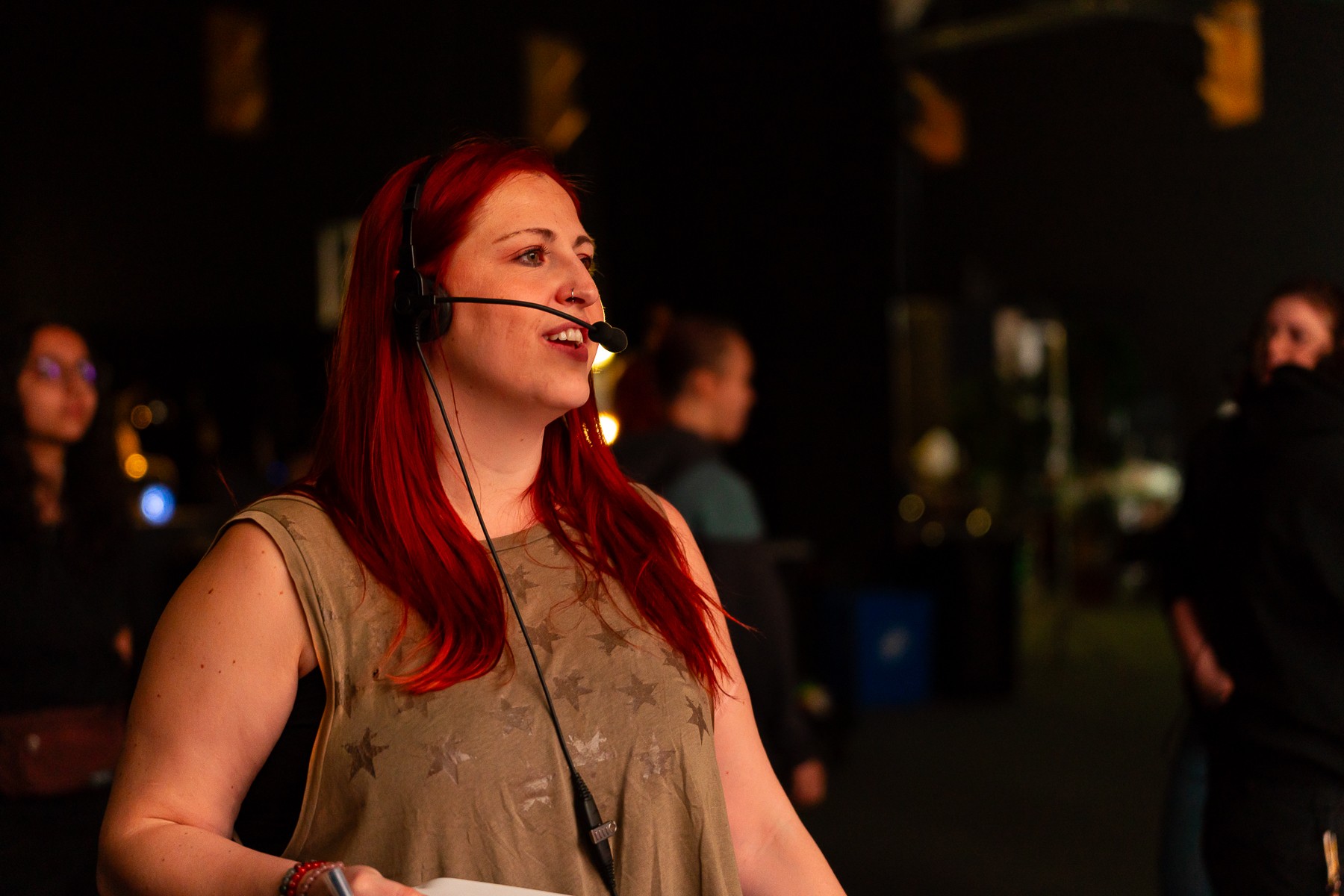
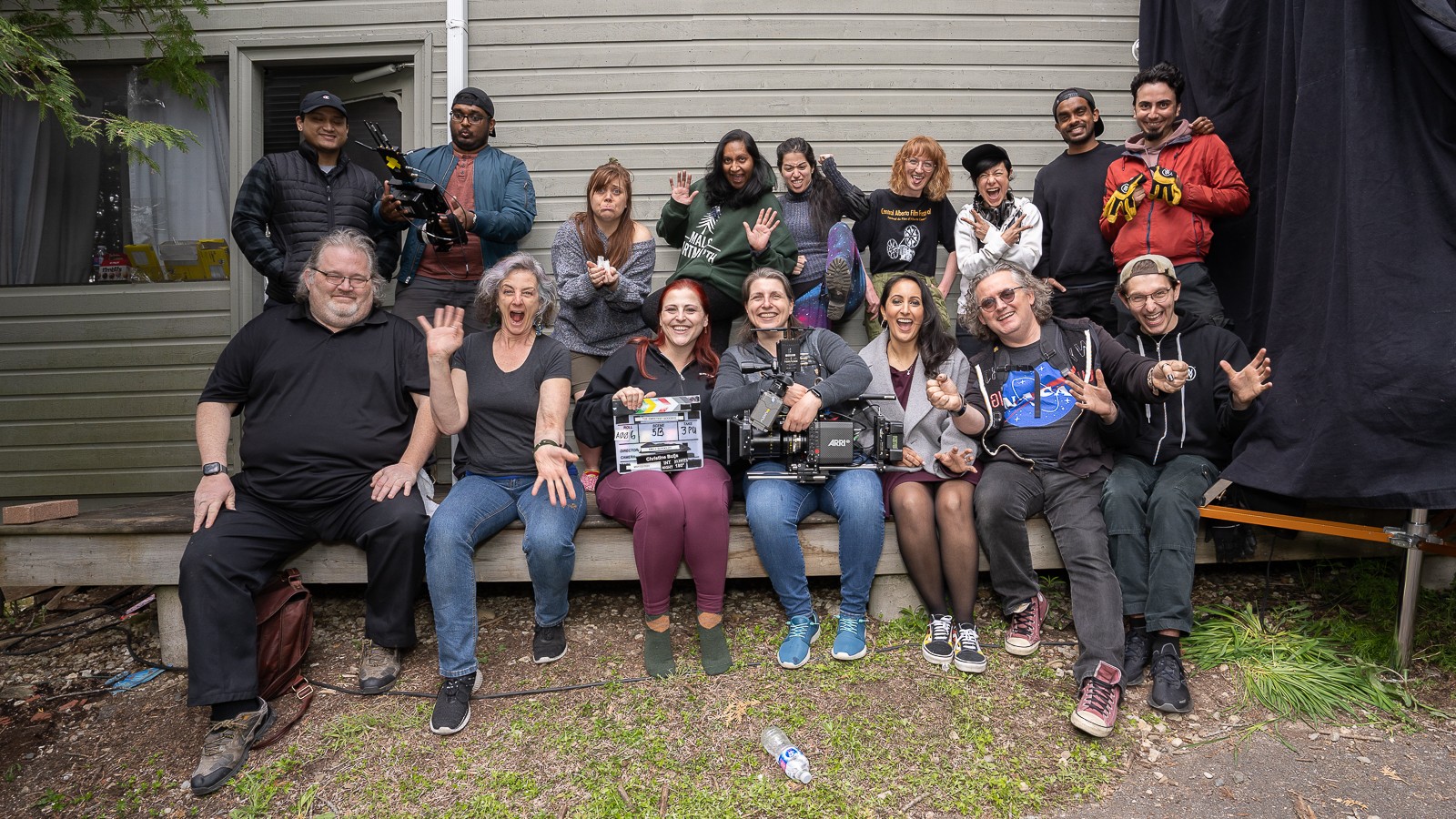


Image Credits
Andy Wright
Valkyrie International Film Festival
Rendezvous With Madness Film Festival
Laughing Cat Productions
Canadian Film Centre


